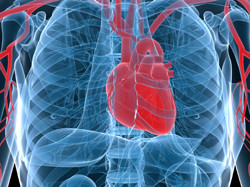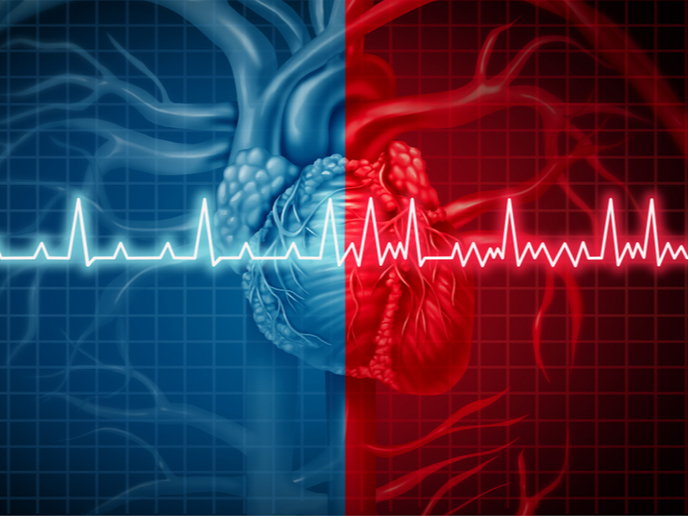Imaging the beating of the heart
The structure and architecture of the myocardial muscle is central for its contraction and function. Muscle cells are elongated and are stacked into sheets. Recent evidence indicates that propagation of the action potential in the heart ventricles is critically dependent on both muscle fibre orientation and sheet structure. It is hypothesised that during contraction, myocardial sheets slide across each other thereby facilitating the thickening of the myocardium. However, due to technical limitations, this has yet to be demonstrated in living tissues. Advances in magnetic resonance imaging (MRI) permit visualisation at the microscopic level. Using such in vivo cardiac MRI (CMRI), scientists on the EU-funded MSIA project set out to investigate how myocardial structure and architecture impacts cardiac excitation and contraction. They worked with the hypothesis that myocardial sheet sliding could also affect arrhythmias. CMRI was performed on two pig models, a sheep ventricular infarction model and normal subjects. Structural and functional images were obtained and analysed to reveal that sheet structure affects the pattern of electrical propagation. These findings also support the idea that cardiac myolaminar structure develops in order to minimise shearing of the myocardium upon contraction. The results of the MSIA study have fuelled future modelling of the structure of infarcted hearts. It is envisaged that such efforts should help explain how myocardial functioning changes in pathological situations. Delineation of the physiological and anatomical principles of the cardiac tissue underscores the significance of the heart as a whole organ in its proper function. In the long term, a better understanding of cardiac development and function in health and disease should improve diagnosis of myocardial disease.







